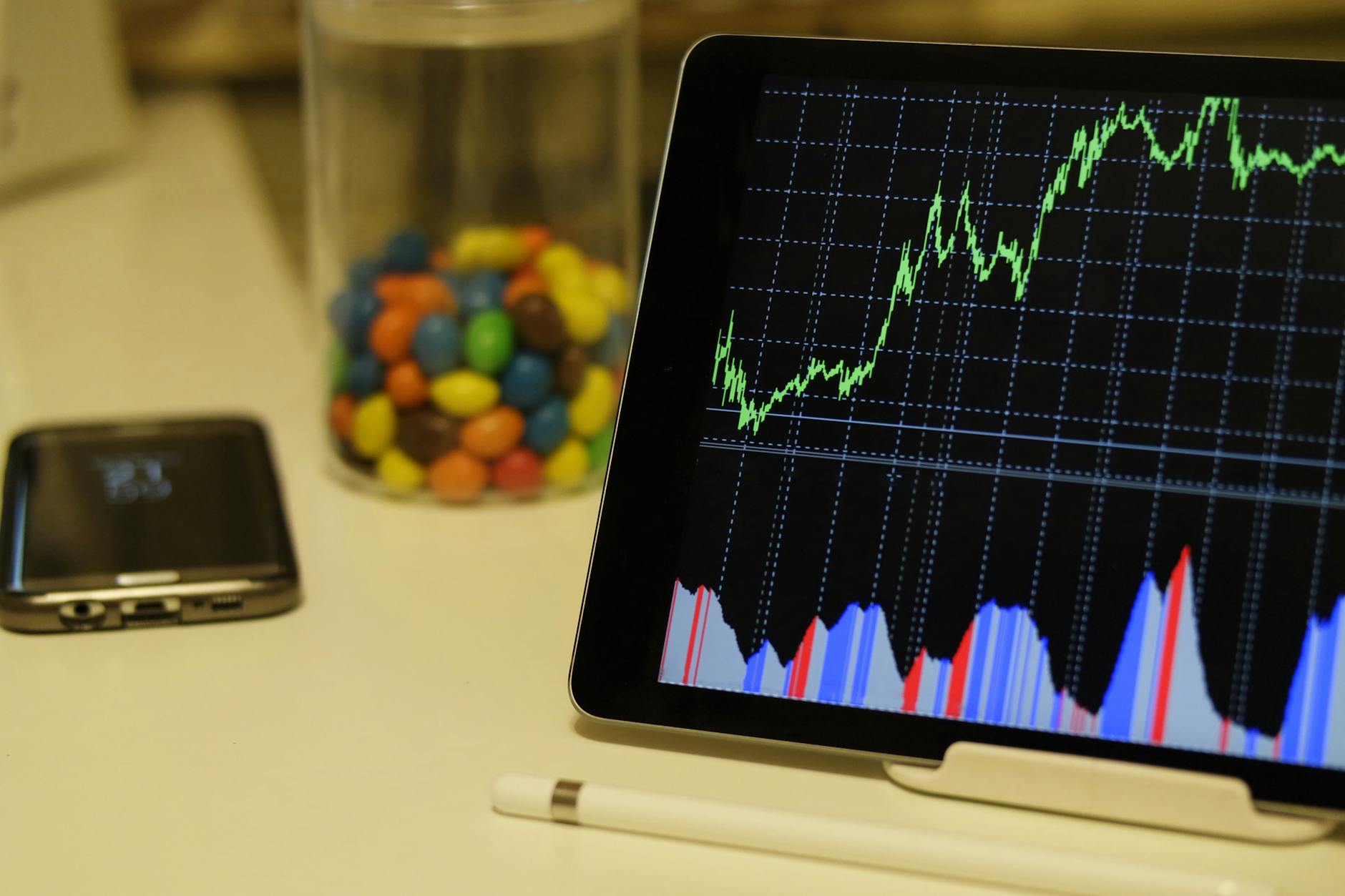The Remarkable Days of the Indian Stock Market: When NIFTY 50 Soared Above 5% in a Single Day
The Indian stock market has witnessed jaw-dropping moments where the NIFTY 50 index surged beyond 5% in a single trading day. These aren’t just numbers—they’re milestones shaped by monumental events. From financial crises to political breakthroughs, these days have defined market history and offer valuable lessons for investors.
In this article, we explore the most notable days over the past 40 years, highlight trends like the dominance of Fridays and the importance of March, and provide insights to help you understand the forces driving such movements. Let’s dive into this fascinating journey through market history.
Highlights: What Makes These Days Special?
🔥 Fridays Dominate the Chart
Over the years, Friday has emerged as the most common day for NIFTY 50’s big rallies. This could be attributed to end-of-week trading dynamics, major policy announcements earlier in the week, or global market trends wrapping up.
📅 March: The Month of Magic
March stands out as a game-changing month, contributing to numerous high-return days. The financial year-end in India, budget announcements, and global factors often combine to create market-defining moments in this month.
🚀 The Highest Jump in History
The most dramatic single-day jump occurred on May 18, 2009, when NIFTY 50 soared by an unprecedented 19.4%. This record-breaking surge followed a strong election mandate, boosting investor confidence like never before.
NIFTY’s Historical High-Return Days at a Glance
| Date | Day | Jump% | Event/Reason |
|---|---|---|---|
| 18-May-2009 | Mon | 19.4% | Election mandate; optimism surged |
| 13-Mar-2020 | Fri | 5.9% | COVID-19 fiscal stimulus |
| 31-Oct-2008 | Fri | 8.3% | Global financial crisis; policy interventions |
| 16-May-2014 | Fri | 6.2% | Election results; market euphoria |
| 07-Apr-2020 | Tue | 9.1% | Pandemic recovery optimism |
| 20-Mar-2020 | Fri | 7.5% | Pandemic-driven volatility |
These are just a few examples, but the trend is clear: Fridays and March hold a special place in market history.
Breaking Down the Context: Why These Days Happened
1️⃣ The March 2020 Rollercoaster
- Dates: March 13, 20, 24, and 25
- Reason: The COVID-19 pandemic triggered panic selling followed by massive recovery efforts. Global fiscal and monetary measures infused liquidity, leading to sharp rebounds.
2️⃣ The Global Financial Crisis (2008)
- Dates: October 28, October 31, November 21
- Reason: As global markets collapsed, coordinated efforts by governments and central banks led to temporary recoveries. These days reflect market confidence in bailout measures.
3️⃣ Election Waves
- Dates: May 18, 2009, and May 16, 2014
- Reason: Strong election outcomes often create certainty in governance, driving investor optimism. Both these days saw NIFTY surging to historic highs.
Key Insights for Investors
🗓️ Fridays: A Day to Watch
Historically, Fridays have shown decisive market moves. This could be due to pre-weekend adjustments, policy impact digestion, or closing of positions before the weekend.
💡 March: The Game-Changer
March, being the financial year-end in India, sees heightened activity. Budget announcements, tax-related adjustments, and global trends make this a month of significant opportunities for investors.
📈 Volatility Brings Opportunity
Periods of extreme volatility, such as pandemics or crises, can be goldmines for informed investors. Staying disciplined and prepared during such times can yield significant gains.
Lessons for Investors: Learning from History
The data reveals recurring patterns that savvy investors can leverage:
- Fridays and March: Historically high-return periods; prepare accordingly.
- Election Seasons: Keep an eye on political stability—it moves markets.
- Global Events: Crises create volatility, which in turn creates opportunities.
Insights for Investors
- Fridays: The Market’s Decisive Day
- Historically, market movements on Fridays have been significant. Investors should watch out for important news and global cues before the weekend.
- March: A Month of Movement
- March often witnesses heightened activity due to financial year-end adjustments, government policies, and global trends. Investors could align their strategies to benefit from this pattern.
- Volatility Creates Opportunities
- High-volatility periods, such as during pandemics or financial crises, offer lucrative opportunities for well-prepared investors. Having a disciplined approach during such times can yield high returns.
By understanding these patterns, you can craft smarter, more informed strategies to navigate market volatility.
Why These Days Matter to You
For investors, these extraordinary days underscore the importance of timing, patience, and strategy. The stock market rewards those who stay informed and proactive. Understanding the factors that drive such historic movements can help you capitalize on future opportunities.
The Bigger Picture: A Market Built on Resilience
The Indian stock market has stood the test of time, navigating through crises, elections, and global events. Each high-return day tells a story of resilience, recovery, and optimism.
As you dive into this data, remember that history often repeats itself in the markets. By staying vigilant and learning from these patterns, you can turn moments of uncertainty into opportunities for growth.
Keep investing, keep learning, and stay ahead of the curve!

Closing Thoughts
The stock market is a dynamic and ever-changing landscape. These extraordinary days where NIFTY 50 gained over 5% are not just numbers—they are stories of resilience, recovery, and investor optimism. Whether you’re a seasoned trader or a beginner, understanding these patterns can help you make smarter, more strategic investments.
Let’s keep learning and growing together as we decode the fascinating world of the Indian stock market.









